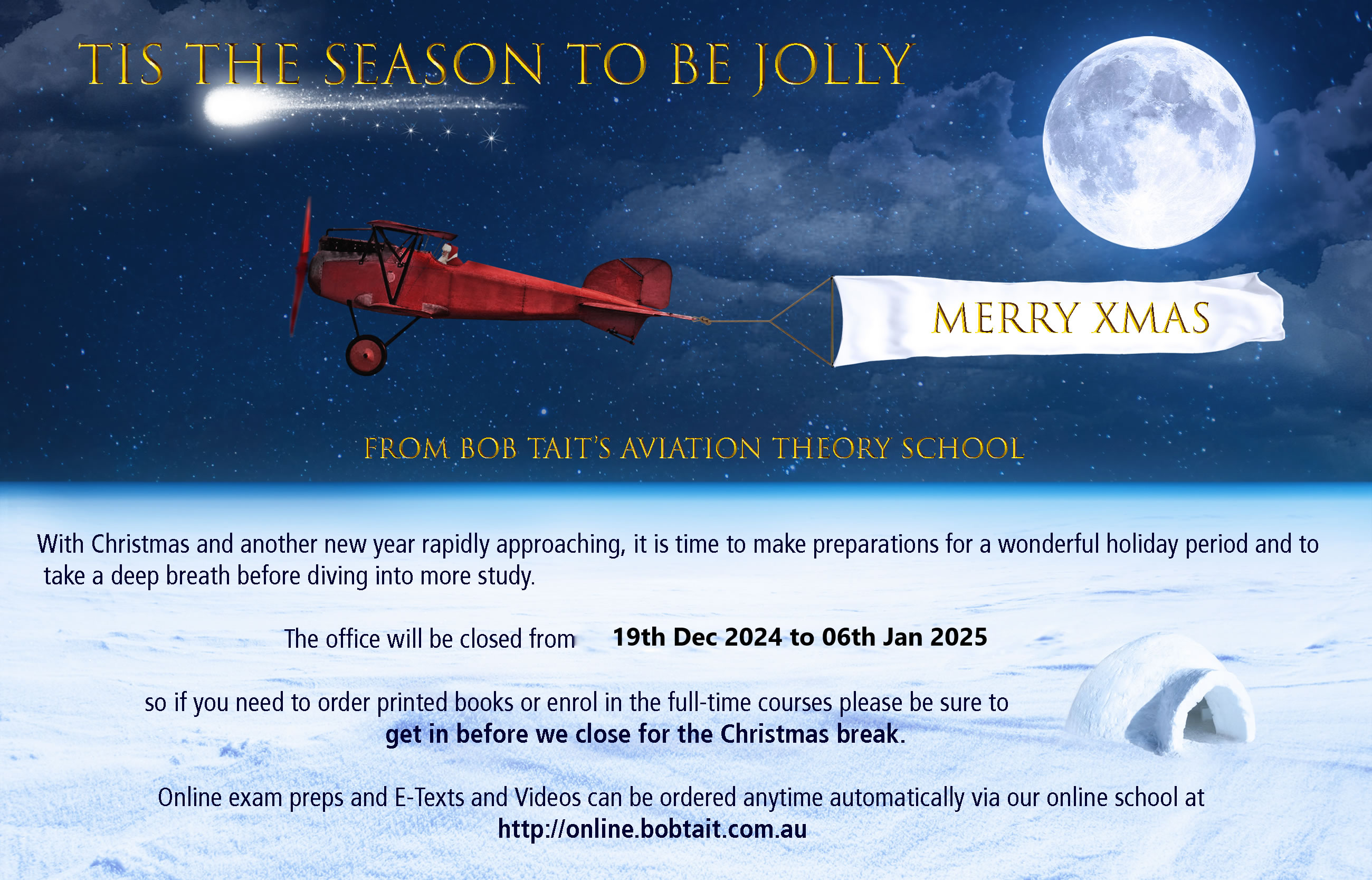Hi everyone,
Just abit confused with the answers for a couple of questions on pages 7.10 and 7.11 of Bob Taits Aerodynamics Book.
Question 1:
An aircraft of a certain weight is flown at 150kt IAS at 1000ft. If the same aircraft was flown at 150kt IAS at 20000ft, the angle of attack required to maintain level flight would be
(a) greater because of the reduced density at 20000ft
(b) less because of the reduced drag in the thinner air
(c) greater because the TAS would have to be higher
(d) the same
the answer is (d) but i don't really see why (a) isn't the answer. Due to the reduced density to maintain the same altitude and airspeed wouldnt a larger AoA be needed?
Question 10
For an aircraft at a particular gross weight to maintain level flight at a particular height and IAS, a particular power setting is required. If the gross weight increased
(a) a larger AoA and more power would be required
(b) a larger AoA would be required but no change in power
(c) the same AoA could be used along with increased power
(d) a smaller AoA and more power is required
the answer is (a) but I seem to think (c) suits the answer more. If gross weight was increased in level flight, to maintain it wouldnt it be possible that an increase in power will be enough along with the same AoA to maintain straight and level? This question has answers where more than one seems right to me which is why I seem to be struggling with it.
Question 13:
Consider an aircraft maintaining straight and level flight at the speed which produces maximum endurance. If level flight is to be maintained,
(a) more power will be required if speed is reduced
(b) less power will be required if speed is reduced
(c) less power wll be required if speed is increased
(d) less power will be required if speed is changed to the speed of minimum drag
The answer is (a). Honestly i wouldnt really know what answer to pick, I was leaning towards (c). I tried reading the explanation which says "Since the maximum endurance occurs at the spped which requireds minimum power, any other speed, higher or lower, will require more power", but dont really understand how any other speed, higher or lower, will require more power.
I know it's abit to ask buy any help would be appreciated








